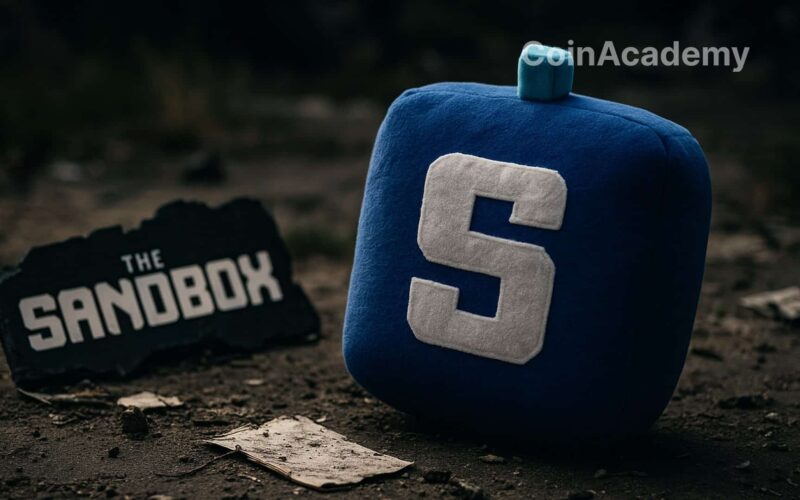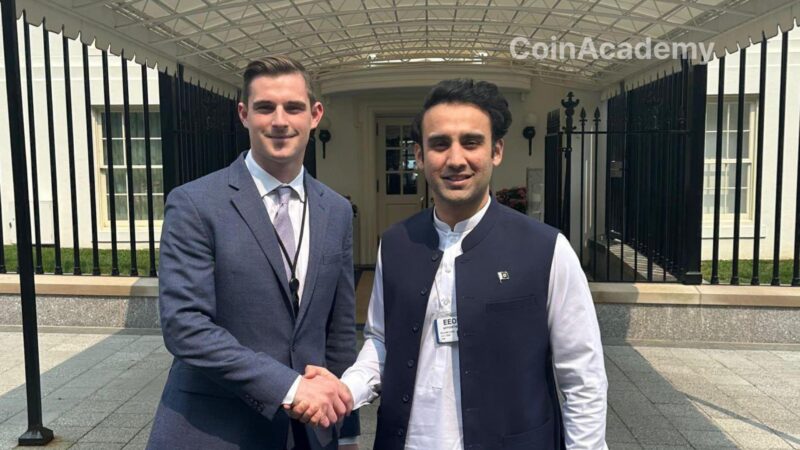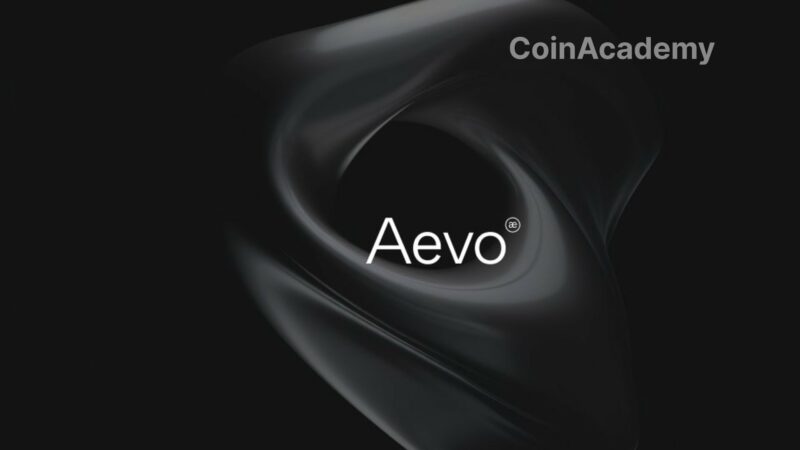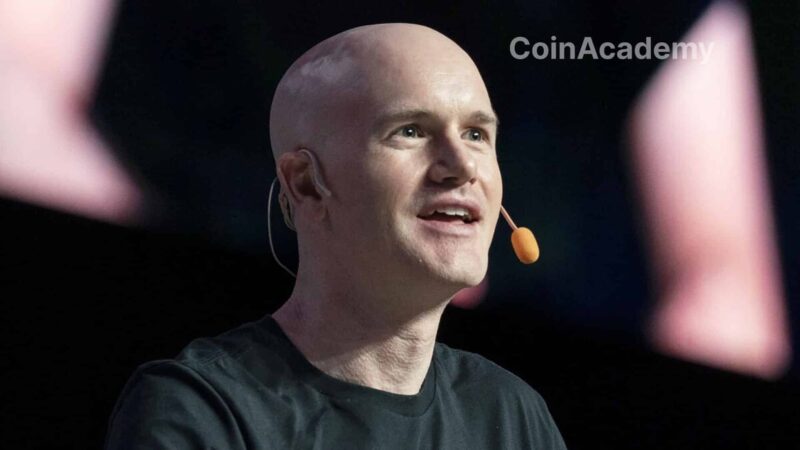The Sandbox lays off over half of its workforce and shuts down several offices, marking the end of an era and a deep restructuring under Animoca Brands’ guidance.
Founders Arthur Madrid and Sébastien Borget are ousted, replaced by Yat Siu and Robby Yung, as the project struggles with only a few hundred daily users, mostly bots.
Despite a treasury of $100 to $300 million, the SAND token has plummeted by 90%, and the low turnout in governance votes raises questions about the project’s future and the metaverse narrative.
More than half of the workforce cut
The metaverse giant The Sandbox is facing its biggest shake-up ever. Over 50% of its roughly 250 employees have just been laid off, while several international offices in Argentina, Uruguay, South Korea, Thailand, and Turkey are shutting down for good, according to TBW. Even the Lyon base, the project’s operational heart, is on the line. A radical restructuring that signals the end of an era.
Founders ousted, Yat Siu and Robby Yung take the reins
Arthur Madrid and Sébastien Borget, iconic figures in the project since its inception, lose their executive roles. The leadership now falls under the direct control of Yat Siu and Robby Yung, co-CEOs of Animoca Brands, the majority shareholder. The message is clear: it’s no longer about experimentation but about the Hong Kong group taking charge.
A war chest, but ghost users
The paradox is striking. The Sandbox has raised nearly $300 million over the past eight years and still has an estimated crypto treasury of between $100 and $300 million. A windfall largely from virtual land sales that peaked in late 2021, raking in $350 million. But this wealth contrasts with a harsh reality: barely a few hundred active users per day, with a significant portion believed to be… bots, concentrated in South America. A gulf between the promises of Web3 and the reality of adoption.
SAND freefalling
At the height of the metaverse frenzy in 2021, the SAND token reached a market cap of $6.2 billion. Four years later, it hovers around $700 million, after plummeting by nearly 90%. A symbolic disaster for a project that aimed to be the showcase of the new digital economy. Even the recent resurgence of interest in altcoins has not been enough to reignite the momentum.
Tense governance
One explosive point remains: the future of the treasury. Should it be spent to revive the project or preserved for the long term? The decision could be subject to a community vote. The problem: in August, only 291 SAND holders participated in governance proposals. A meager mobilization that raises questions about the community’s real power.
A turning point for the entire Metaverse sector
The collapse of The Sandbox resonates far beyond the platform. It reveals the fading metaverse narrative, failing to convince beyond a few speculators and early adopters. As AI and decentralized finance protocols now capture attention, and capital, the centralized virtual world model seems to be losing steam.
Animoca Brands’ takeover could breathe new life into the project, but the gamble is risky. For many observers, The Sandbox has become the symbol of a Web3 bubble that burst too soon. The question remains whether Yat Siu and Robby Yung can turn this wreckage into a fresh start.




